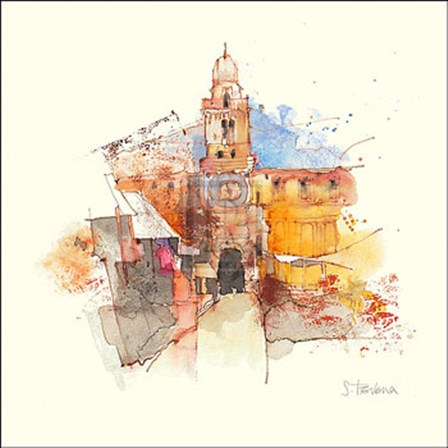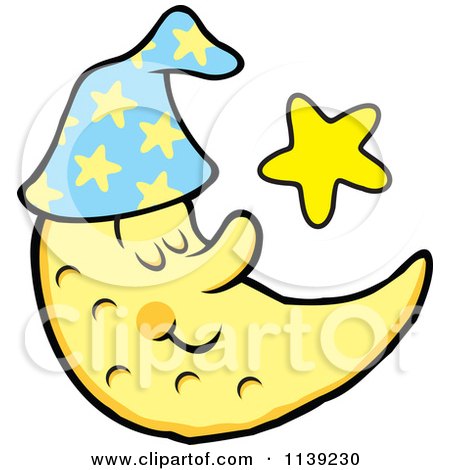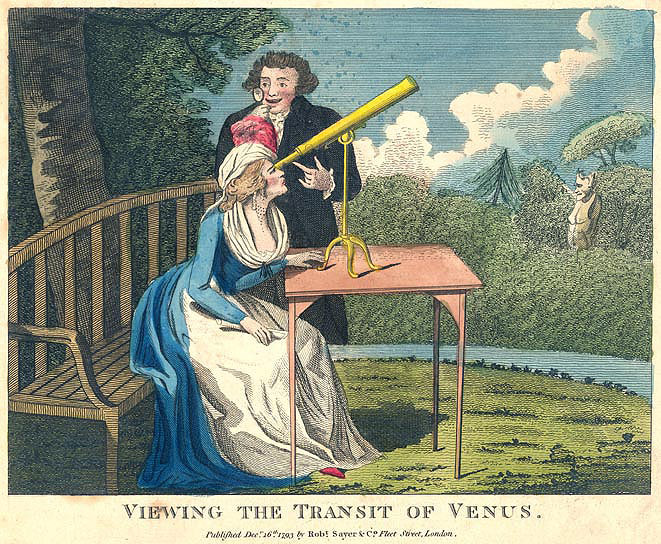 |
| A badly behaved child probably leads to a unruly teenager |
While a happy child would be nice, children need to learn how to live in a real world. They need to learn that life is demanding and hard, and definitely not always fair.
10 ways to not raise a brat:
- Don’t call them more than once in the morning to wake up for school - could perhaps get them to set their own alarm clock.
- Stop doing their laundry.
- Make them clean up after themselves - or confiscate their stuff.
- Expect them to help get dinner on the table, and to clean up afterwards.
- Don’t buy them a “treat” every time you go shopping, etc.
- Teach them how to be responsible for their own school work and make them be accountable.
- Don’t allow or reward whining by giving in.
- As often as possible, allow natural consequences to happen. Don’t intervene. These experiences can be some of the best teachers.
- Teach them to be independent at an early age, and continue to let them mature into further independence.
- While you should love your child, and let them know you are there for them as they grow, do not baby them - at age 3 or age 13. That makes for an awful 21 year old who feels entitled to everything and won’t get a job or consider moving out and being responsible for themselves.
 Obviously this needs to be age relevant. I am not suggesting that you expect a four year old to do his laundry. However, he can learn to fix his own peanut butter sandwich, empty wastebaskets or help you sort the laundry.
Obviously this needs to be age relevant. I am not suggesting that you expect a four year old to do his laundry. However, he can learn to fix his own peanut butter sandwich, empty wastebaskets or help you sort the laundry.Although this is think, this extract is from: http://thestressedmom.com/2012/02/how-to-not-raise-a-brat/
See also: http://thestressedmom.com/resource-center/simplifying-life/family-sized-minimalism/


































